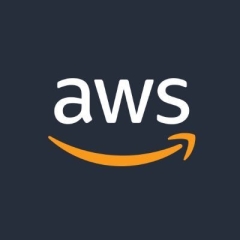AWS Fargate is a container-based application. I have experience with AWS Fargate for a Webex-like application similar to YouTube. One of their applications was monolithic, and the challenge was to migrate it to a container-based architecture. The customer wanted to use AWS Fargate. However, the main challenge was dealing with a Docker-type application where multiple containers needed to be created in a firewalled environment. I worked with Amazon to create a solution using a single Fargate task definition to deploy a multi-container setup successfully.
AWS Fargate is an easy-to-use tool to simplify setup. You only pay for the resources you use. If you need to quickly create, delete, or scale applications without managing resources like EC2 instances, Fargate is the best service to use.
AWS needs to work on multi-container enterprise developer components. They need to simplify that kind of setup.
I have been using AWS Fargate for over a year.
The product is stable. It is not recommended for a large-scale traffic application. Fargate can be used in any application with less traffic.
If you have the premium support, then it's very good.
Compared to EKS, using AWS Fargate is simpler and more efficient for developers. With EKS, developers need to manage and configure the Kubernetes cluster, which can be complex. In contrast, Fargate handles the infrastructure management, allowing developers to focus on their applications. It's more like a straightforward, automated setup.
Setting up AWS Fargate to use private data is straightforward. You need an ECS container stored in Amazon ECR. From ECR, you can create a task definition and a service. Within a few minutes, you can have the application up and running.
The tool is suitable for testing. You have to pay for AWS only.
AWS Fargate can be used to run almost any type of application. It requires an application container, such as an application server container, a backend container for a database like MySQL, and a frontend container, which could be a web server like Apache. Multiple containers must be deployed simultaneously, and configuring these multiple containers within a single cluster can be somewhat complex.
I recommend the tool for the initial event; you can try it out. If you feel it's reliable, you can consider adding it on. However, if you feel that it will mainly depend on your current application, you may need to evaluate it further. It is easy to learn.
Overall, I rate the solution an eight out of ten.







